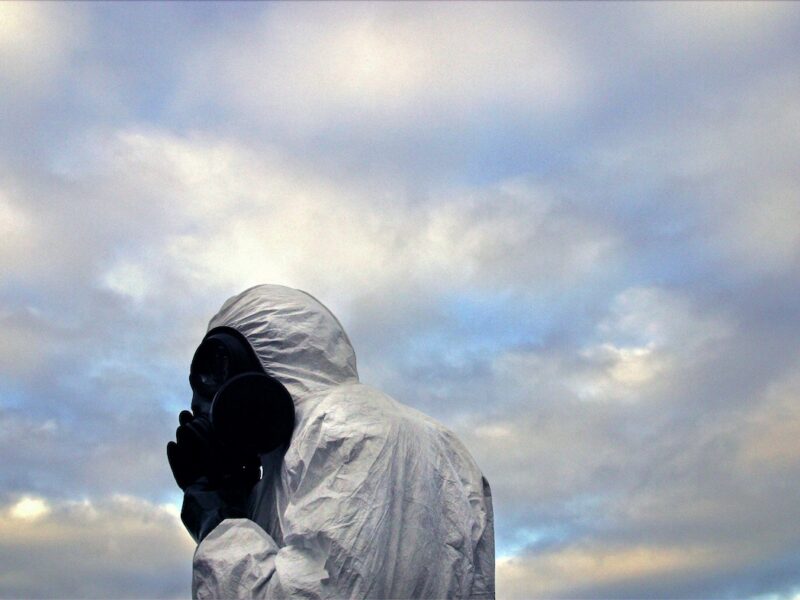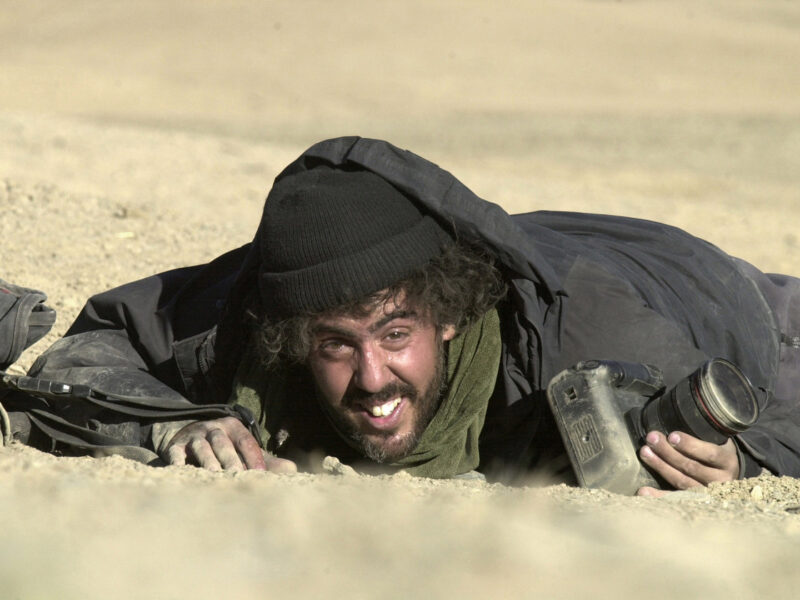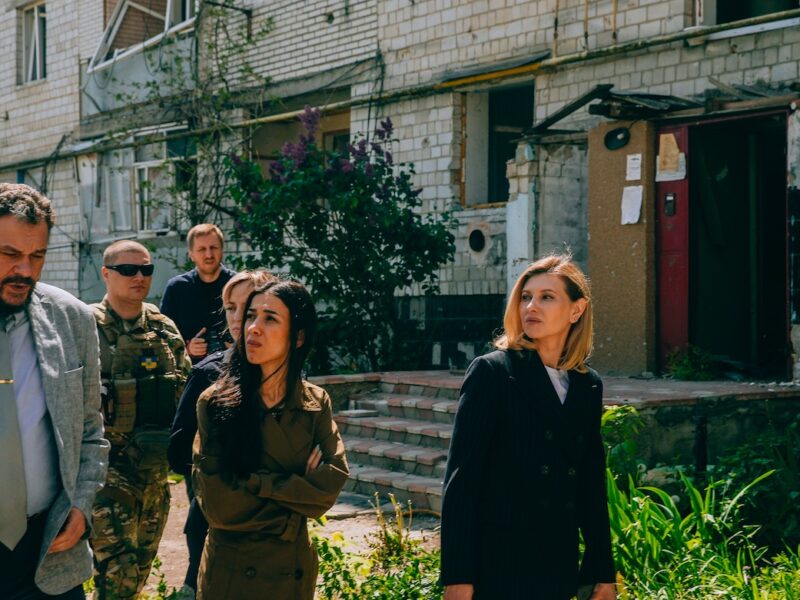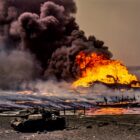In this excerpt from GIJN’s Reporter’s Guide to Investigating War Crimes, Burmese journalist Thu Thu Aung discusses methods for tracking down suspected war criminals.
War Crimes Reporting Guide
Reporter’s Guide to Investigating War Crimes: Self-Care for Covering Traumatic Events
|
In this excerpt from GIJN’s Reporter’s Guide to Investigating War Crimes, the Dart Center’s Gavin Rees discusses best practices for self-care and processing coverage of traumatic events.
War Crimes Reporting Guide
Reporter’s Guide to Investigating War Crimes: Combatants and Others Engaged in Hostilities
|
In this excerpt from GIJN’s Guide to Investigating War Crimes, executive director and editor of the Balkan Investigative Reporting Network in Bosnia and Herzegovina, Denis Dzidic, discusses best practices for covering combatants and other hostile actors in war and conflict.
War Crimes Reporting Guide
Reporter’s Guide to Investigating War Crimes: Genocide and Crimes Against Humanity
|
In this excerpt from GIJN’s Guide to Investigating War Crimes, executive director and editor of the Balkan Investigative Reporting Network in Bosnia and Herzegovina, Denis Džidić, discusses best practices for covering genocide and other crimes against humanity.
War Crimes Reporting Guide
Reporters’ Guide to Investigating War Crimes: Introduction
|
In the introduction to GIJN’s War Crimes Reporting Guide, GIJN Program Director Anne Koch discusses international law relating to conflict and the role of investigative reporting in uncovering war crimes.
War Crimes Reporting Guide
Reporter’s Guide to Investigating War Crimes: Environmental and Property Damage
|
In this excerpt from GIJN’s Guide to Investigating War Crimes, humanitarian disarmament researcher Wim Zwijnenburg offers best practices for reporting on environmental and property damage during conflicts.
War Crimes Reporting Guide
Reporter’s Guide to Investigating War Crimes: Command Structures
|
This chapter of GIJN’s Guide to Investigating War Crimes, written by military expert Tony Wilson, offers an overview of command structures and their roles in holding leaders accountable for war crimes.
War Crimes Reporting Guide
Reporter’s Guide to Investigating War Crimes: Finding the Missing
|
In this chapter excerpt from GIJN’s Guide to Investigating War Crimes, investigative reporter Sarah El Deeb discusses techniques for tracking the missing and those subject to forced disappearances.
War Crimes Reporting Guide
Reporter’s Guide to Investigating War Crimes: Interviewing Victims and Survivors
|
In the first section of Chapter 13 of the GIJN Reporter’s Guide to Investigating War Crimes, the Dart Center’s Gavin Rees discusses best practices for interviewing victims and survivors of war crimes and armed conflict.
War Crimes Reporting Guide
Reporter’s Guide to Investigating War Crimes: Banned and Restricted Weapons
|
In this excerpt from GIJN’s Guide to Investigating War Crimes, former British Army officer and open source analyst Nick Waters discusses banned and restricted weapons and the international laws that regulate them.
War Crimes Reporting Guide
Reporter’s Guide to Investigating War Crimes: Conflict-Related Sexual Violence
|
In this installment of GIJN’s Reporter’s Guide to Investigating War Crimes, investigative reporter Christina Lamb discusses conflict-related sexual violence and the role of the press in investigating these often neglected atrocities.














